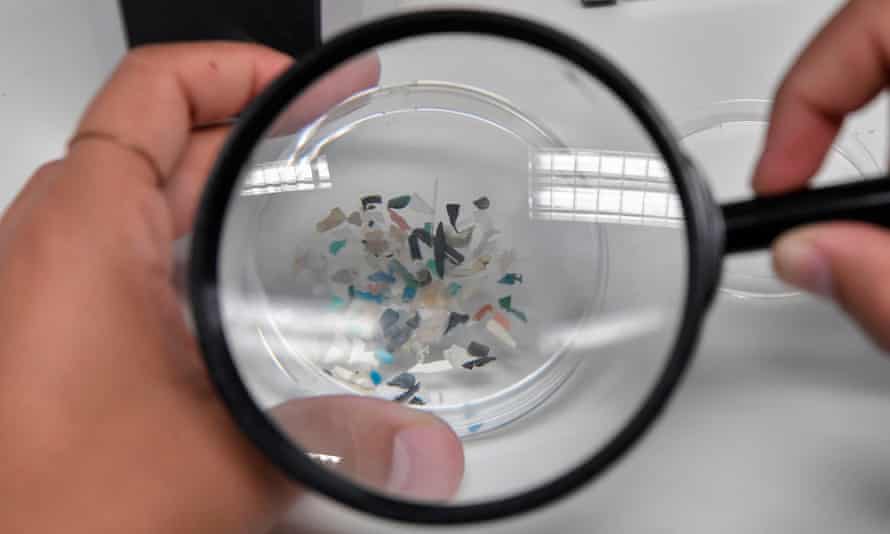SOURCE: The Guardian
DATE: May 22, 2020
SNIP: The abundance of microplastic pollution in the oceans is likely to have been vastly underestimated, according to research that suggests there are at least double the number of particles as previously thought.
Scientists trawled waters off the coasts of the UK and US and found many more particles using nets with a fine mesh size than when using coarser ones usually used to filter microplastics. The addition of these smaller particles to global estimates of surface microplastics increases the range from between 5tn and 50tn particles to 12tn-125tn particles, the scientists say.
Plastic pollution is known to harm the fertility, growth and survival of marine life. Smaller particles are especially concerning because they are the same size as the food eaten by zooplankton, which underpin the marine food chain and play an important role in regulating the global climate. The new data suggests there may be more microplastic particles than zooplankton in some waters.
“The estimate of marine microplastic concentration could currently be vastly underestimated,” said Prof Pennie Lindeque, of the Plymouth Marine Laboratory in the UK, who led the research.
She said there may well be even smaller particles than those caught by the fine mesh nets, meaning the numbers “could be even larger again”.
Another new study shows how microplastics have entered the food chain in rivers, with birds found to be consuming hundreds of particles a day via the aquatic insects on which they feed.
Microplastic pollution has contaminated the whole planet, from Arctic snow and mountain soils to many rivers and the deepest oceans. It is also being consumed and inhaled by people, and the health impacts are as yet unknown.

